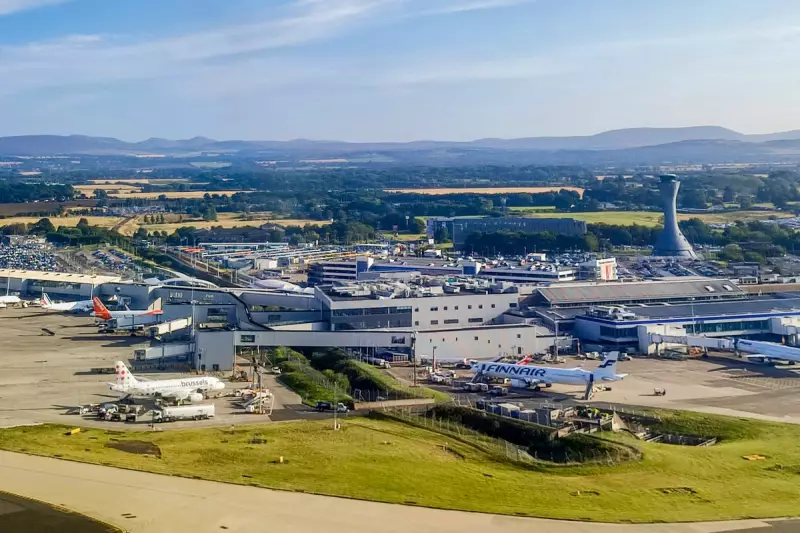
Scotland's skies are poised for their most significant transformation in decades as aviation authorities unveil ambitious plans to redesign the nation's flight paths. This groundbreaking initiative promises to deliver substantial environmental benefits while improving efficiency for airlines and passengers alike.
The Environmental Imperative
At the heart of this overhaul lies a compelling environmental mission. By creating more direct, efficient routes between Scotland's major airports, the new flight paths are projected to slash carbon emissions by approximately 50,000 tonnes annually. This reduction equates to removing thousands of cars from Scotland's roads each year, representing a major step toward the aviation industry's net-zero ambitions.
Noise Reduction Breakthrough
Communities living beneath current flight corridors stand to benefit significantly from the changes. The redesigned routes will concentrate aircraft on narrower paths, meaning fewer households will experience aircraft noise. This strategic concentration allows for larger areas of peace and quiet, while enabling more effective noise management strategies for affected zones.
Operational Efficiency Gains
Airlines operating from Glasgow, Edinburgh, and other Scottish airports will enjoy considerable operational improvements. The modernised routes will reduce flight times and fuel consumption, delivering both economic and environmental advantages. Passengers can look forward to more punctual departures and arrivals as air traffic management becomes more streamlined.
Implementation Timeline
The transformation will unfold in carefully coordinated phases:
- Initial route changes becoming operational from late 2024
- Full implementation across Scottish airspace by 2026
- Continuous monitoring and adjustment based on performance data
- Regular community engagement throughout the rollout process
Industry and Community Response
Aviation leaders have welcomed the plans as a crucial step toward sustainable air travel. Meanwhile, community consultation programmes are ensuring local residents have input into the final route designs, balancing operational needs with quality of life considerations.
This comprehensive airspace modernisation represents Scotland's commitment to building a greener, more efficient aviation future while addressing the legitimate concerns of communities affected by aircraft operations.




